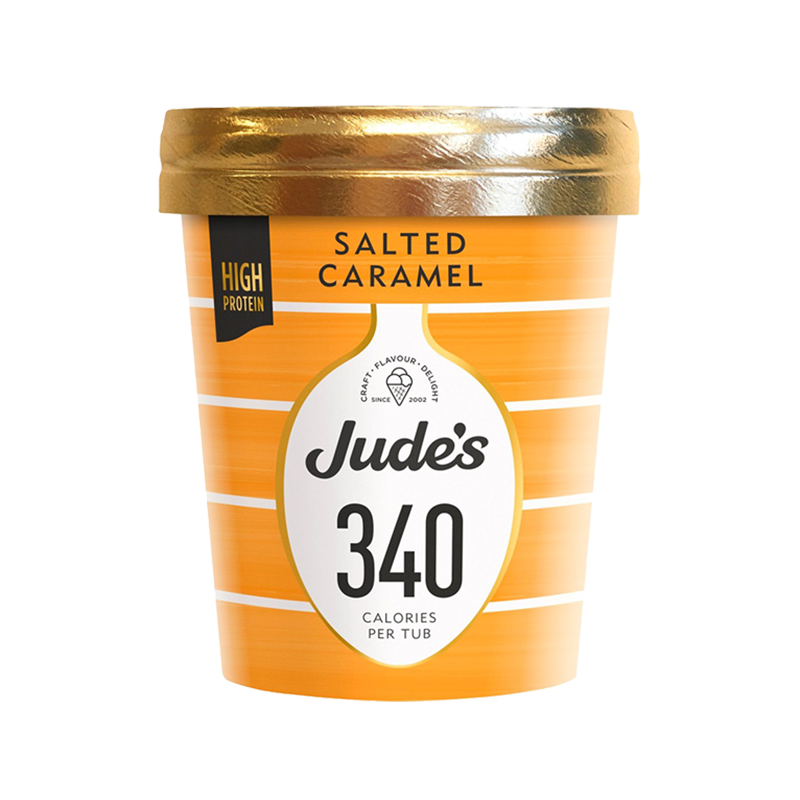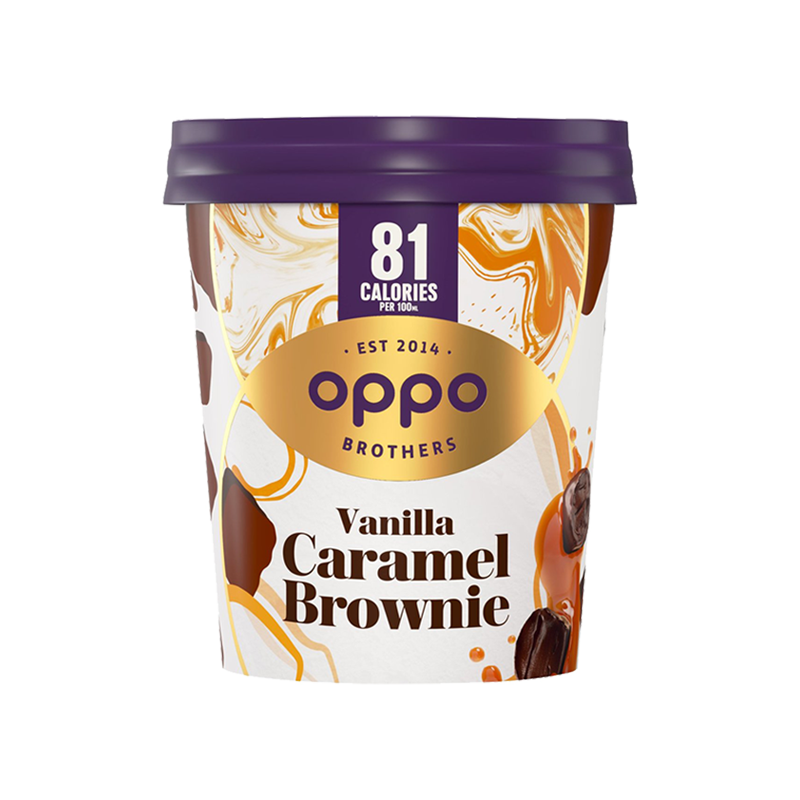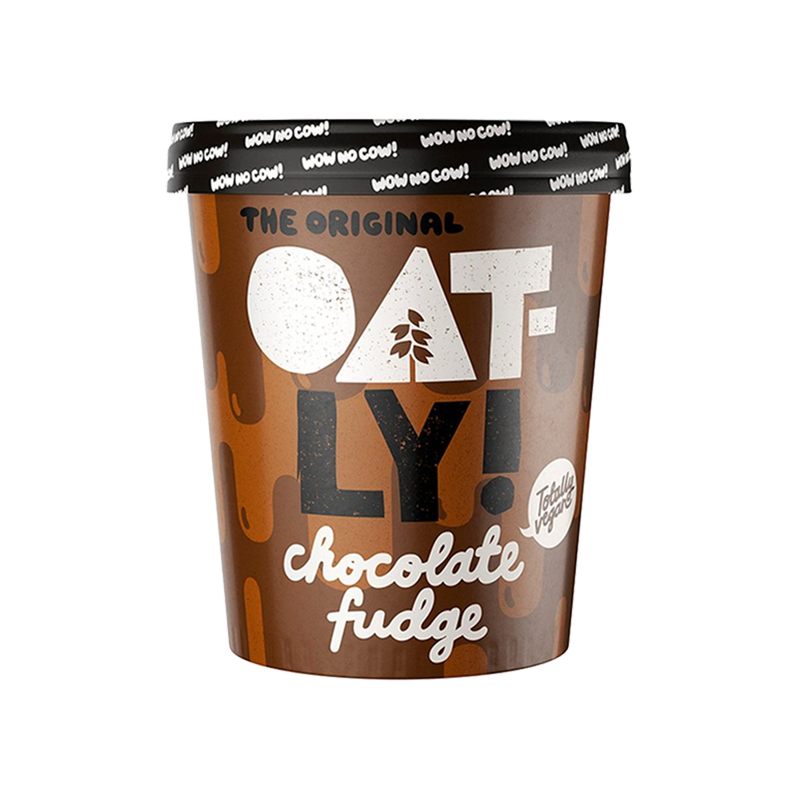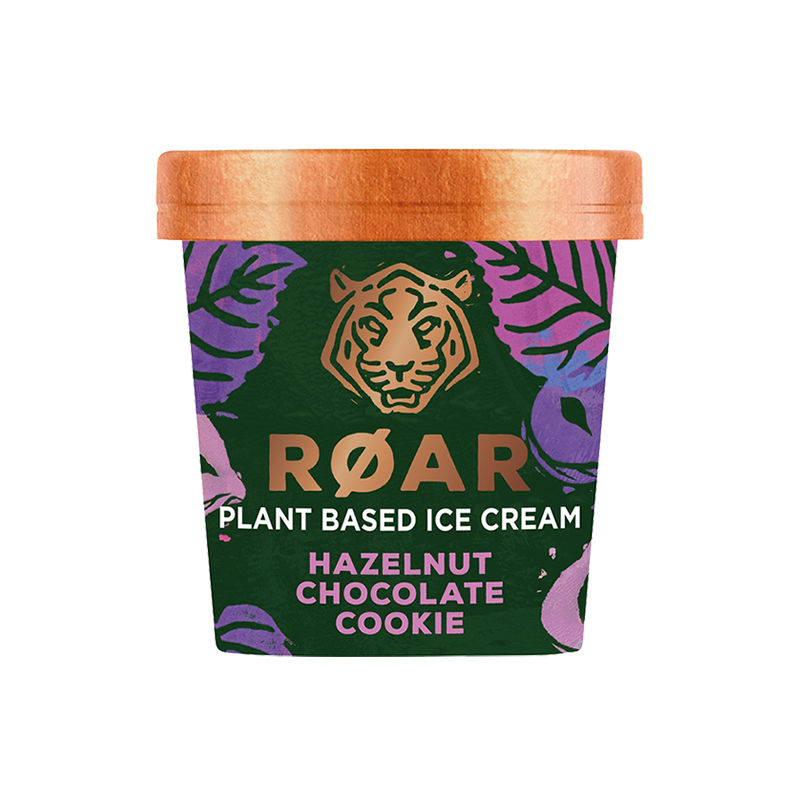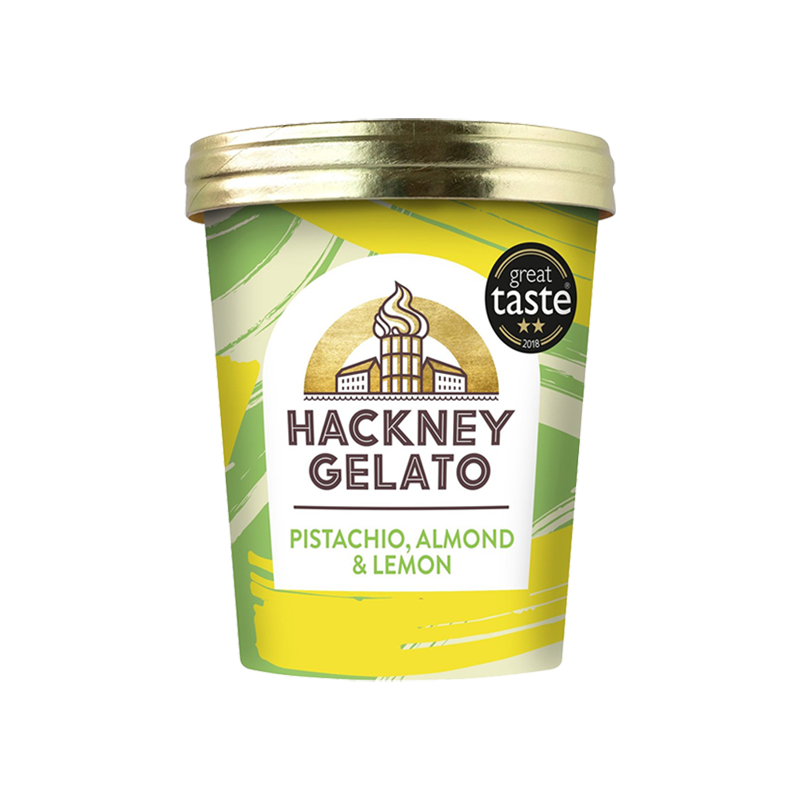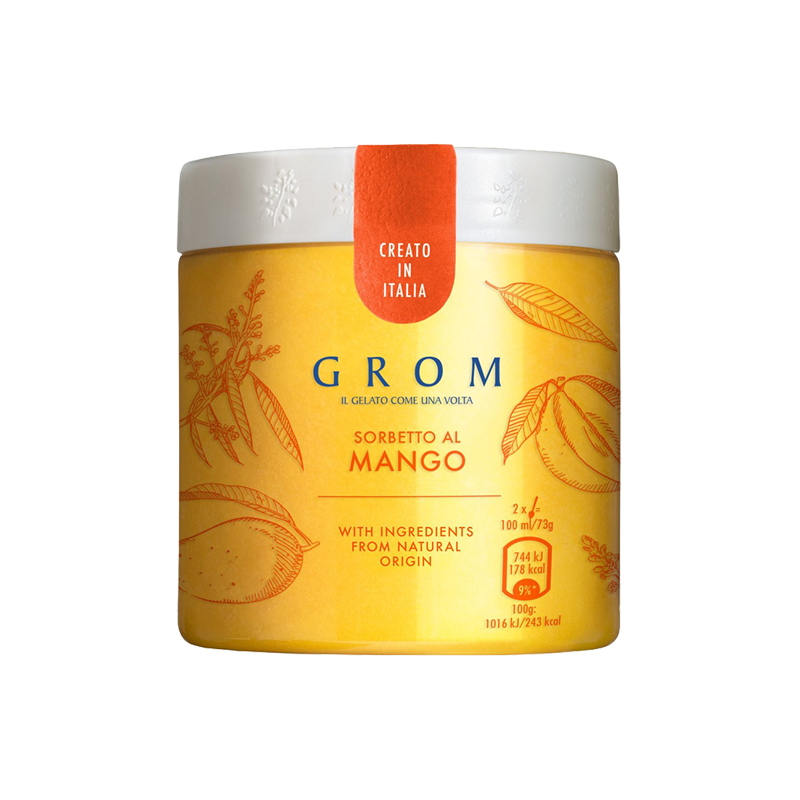A Nutritionist Rates Healthy Ice Creams
Gelato Is The Healthiest Choice
“Ice cream, gelato and sorbet are all high in calories and sugar, as well as being low in beneficial nutrients. On the whole, gelato is the healthier option of the three. Compared to ice cream, it’s lower in sugar and fat as it’s made using less cream and more milk, whereas ice cream primarily uses cream. Sorbets are the most unfavourable option. Even though they are dairy free and lower in calories and fat, they can be astronomically high in sugar. With the lack of fat and high sugar ratio, this combination can cause havoc with blood sugar, leading to energy dips, weight gain, cravings and mood swings.” – Louisa Dobbs, nutritional therapist
Calories Aren’t Everything
“Just because something is low in calories, it doesn’t reflect how healthy a product is. An ice cream or gelato will contain more fat, but this will mitigate a blood sugar spike. Fat has been demonised for decades, but we know now that it’s important to have fat in the diet. An ice cream or gelato made with real cream and milk – especially if organic, like Duchy’s Organic – is fine as a treat now and again. But, when full fat dairy is replaced with highly processed, lower-fat dairy alternatives, it may be lower in calories but isn’t necessarily healthier.” – Natasha Evans, nutritionist
The Traffic Light System Can Help
“In the UK, more than 22.5g of total sugar per 100g is considered high in sugar, so you want to look for a product below that threshold. Remember, one teaspoon of sugar is 4g, and bear in mind that most of us eat more than the recommended portion size on the pack. The traffic light system can help you identify high-sugar products. And while some products are low in sugar, or totally sugar-free, they may contain artificial sweeteners, which can be detrimental for the gut microbiome.” – Natasha
Adding Nuts & Seeds Is A Good Idea
“Adding fat and protein to ice cream will reduce the blood sugar spike after eating. If blood sugar fluctuates, it can lead to irritability, cravings and fatigue. Consider adding nuts and seeds, coconut flakes or nut butter to your ice cream to flatten this glucose spike. Or, have an ice cream straight after a meal, so you’re not eating it on an empty stomach.” – Natasha
It's All About Minimal Ingredients
“The best options are the ones that are as close to the original recipe as possible. The fewer additives, the better. I love Araw’s ice creams – not only are they delicious but they’re made with good, honest ingredients. Duchy Organic and Yeo Valley are also great.” – Natasha
For more information visit LouisaDobbsNutrition.co.uk & NENutrition.co.uk
Here, The Nutritionists Rate Nine Popular Ice Cream Brands…
Halo Top
With as few as 280 calories per tub – depending on the flavour – Halo Top has fast become a popular light option. However, low calorie isn’t always better, says Natasha. “Some of the flavours are very processed and contain numerous additives to make it taste like full-fat ice cream. Lower fat also means less satiating, so you’re more likely to eat more. They also contain inflammatory seed oils such as soybean oils, so are very far removed from a traditional ice cream recipe.” They also contain inulin, a type of fibre used in place of fat to provide a creamy texture. “Most of us can tolerate inulin,” says Louisa. “However, if you have a sensitive stomach, you may find it causes gas, bloating and stomach pain.”
Available at Ocado.com
Waitrose Kefir Frozen Yoghurt
“This isn’t a bad option,” continues Natasha. “Freezing probiotic foods like kefir appears to retain their beneficial bacteria, so the gut-health benefits remain. However, the sugar in this product (11g per serving) may negate this, and it also contains emulsifiers, some of which are banned in several countries due to health concerns.” The minimal ingredients, however, do get a thumbs up from Louise. “It doesn’t contain artificial sweeteners or flavourings and it’s flavoured just with ground vanilla pods and lemon juice.”
Available at Waitrose.com
Sambazon Acai Sorbet
“Acai is a purple berry known for its super high levels of antioxidants,” says Louisa. “Although this doesn’t mean this sorbet should be a staple in the diet. It contains cane sugar and tapioca syrup, which are added free sugars.” While it’s by no means a health product, Natasha says it’s a good option if you fancy a sorbet. “The ingredients are organic, and it doesn’t vary too much from a traditional sorbet recipe,” she says.
Available at Ocado.com
Jude’s Low-Calorie Ice Cream
“The low calorie and high protein claims are very misleading on this ice cream,” Natasha continues. “Look at the ingredients list and you’ll see it’s highly processed with all sorts of sugars, syrups, sweeteners and emulsifiers. This product is considerably lower in sugar than most ice cream, as sugar has been swapped out for sweeteners, but don’t be fooled by this. Sweeteners can increase the appetite, so may actually be counterintuitive for maintaining a healthy weight.”
Available at Ocado.com
Oppo Ice Cream
Made without artificial colours or flavours, this ice cream contains less sugar than other brands, says Louisa. “Plus, it’s sweetened with two natural sweeteners which don’t affect blood sugar levels.” However, the ingredients list is long and for Natasha, it’s still a processed food item. “I would recommend a more classic ice cream product with fewer ingredients,” she tells us.
Available at Ocado.com
Oatly Ice Cream
Free from lactose, milk protein and soya, this is a vegan alternative to ice cream. “However, like Oatly’s milk, it contains several additives, including inflammatory seed oils,” Natasha continues. “Plus, given that it’s oat-based, it contains more carbohydrates versus traditional ice creams, which means it’s not great for your blood sugar levels.”
Available at Ocado.com
ROAR Ice Cream
For both nutritionists, this ice cream contains questionable ingredients. “The first ingredient is water, followed by rice syrup, raw cane sugar and vegetable oils,” says Louisa. “These sugars and vegetable oils are toxic in large amounts and are linked to increased inflammation in the body, which could be harmful to our health.” Natasha agrees: “Rather than cream or milk, the main fat source in this is vegetable oil, which is a shame.”
Available at Ocado.com
Hackney Gelato
Hackney Gelato is known for its creamy gelato and unusual, seasonal flavours. And while gelato is a healthier option than traditional ice cream, Natasha is wary about the use of sunflower oil in many of its products. “I was disappointed to see this product had sunflower oil in. Manufacturers tend to do this with ice cream to reduce costs as dairy can be expensive. It does, however, contain some natural flavours.”
Available at Ocado.com
Grom Mango Sorbet
“This Italian sorbet is free from gluten, colourings, flavourings and artificial emulsifiers,” says Louisa. “It’s also made with 45% mango pulp and is free from dairy. However, it contains 25g of sugar per 100g, combined with very low fat and protein, so eat it after a meal and not on an empty stomach to avoid a blood sugar rollercoaster.”
Available at Ocado.com




